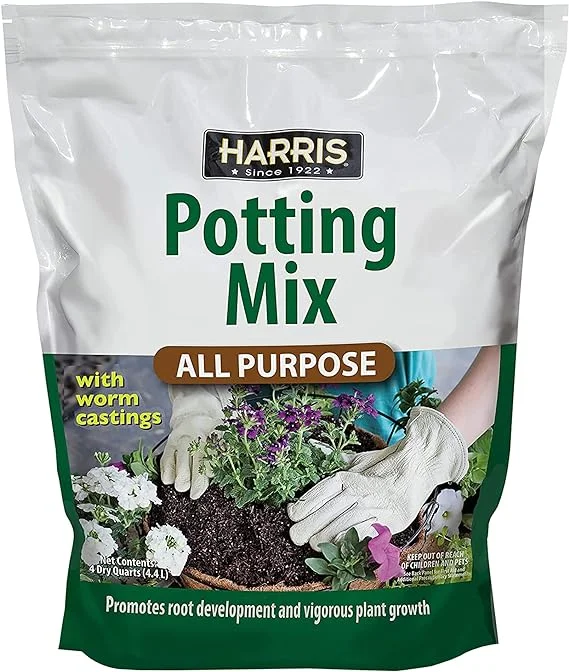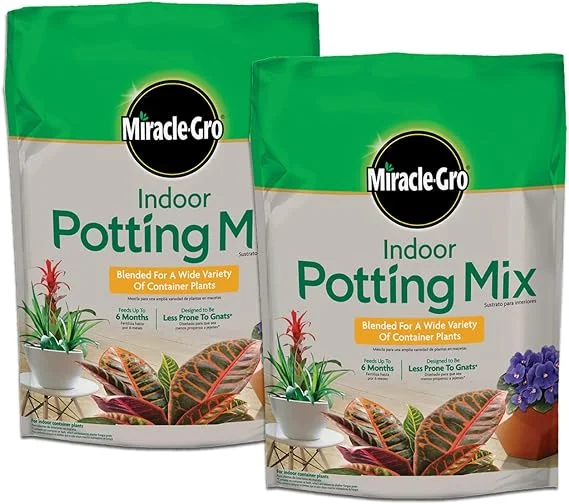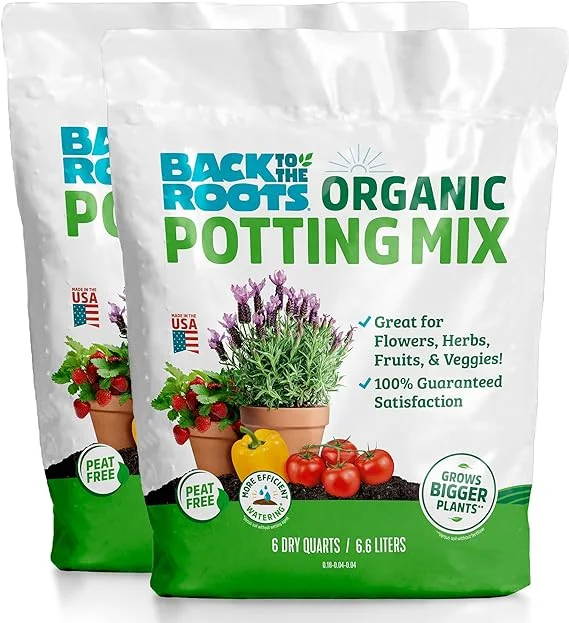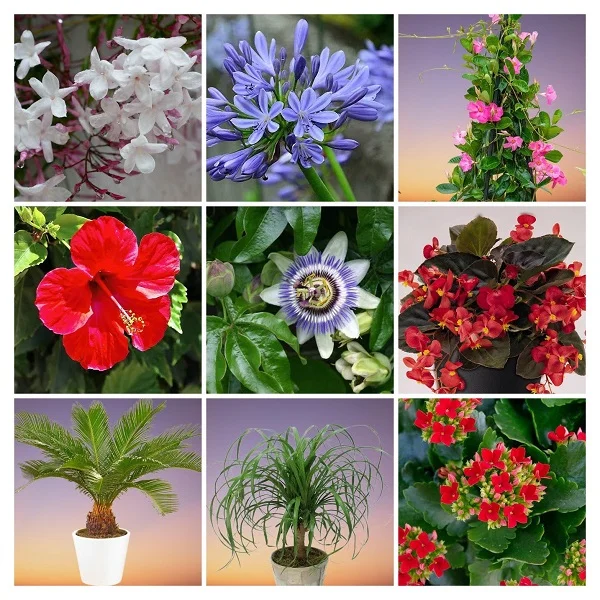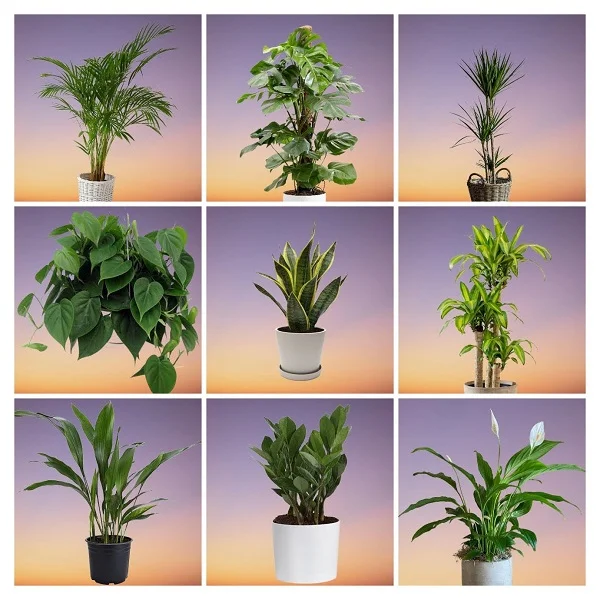How to Grow and Care for Chinese Hibiscus (Hibiscus rosa-sinensis)
Some links in this post may be affiliate links
Chinese Hibiscus (Hibiscus rosa-sinensis) thrives in bright light with 6-8 hours of direct sunlight, average warmth, moderate humidity and consistently moist, rich, well-drained, slightly acidic soil coupled with fortnightly feeding in the growing season.
Hibiscus rosa-sinensis is a favorite among plant enthusiasts. In this guide, we will cover how to care for Chinese Hibiscus indoors and outdoors, the best propagation methods, and common growing problems with solutions to keep your plant thriving.
Hibiscus rosa-sinensis also called Tropical Hibiscus, Rose of China or Shoeblackplant is one of the popular flowering plants on account of its large, ruffled, trumpet-shaped blooms which come in many vibrant colors.
Hibiscus rosa-sinensis was first described by Carl Linnaeus in 1753. The species name, 'rosa-sinensis', means 'rose of China', although the plant is not closely related to true roses, nor is it from China.
Tropical Hibiscus is the national flower of Malaysia and is called, 'bunga raya', in Malay which can be translated as, 'great flower' or 'celebratory flower.'
Chinese Hibiscus is commonly called, 'Shoe Flower' because in Malaya and Indonesia, the flower petals were used to produce a black dye for polishing shoes.
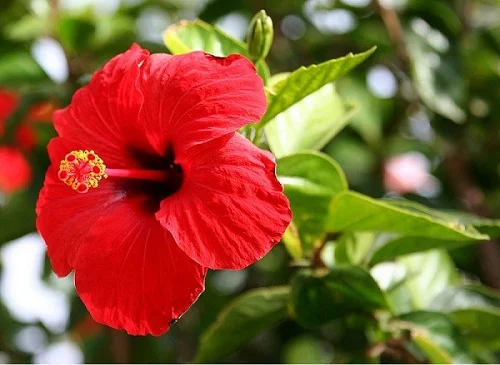
Botanical name: Hibiscus rosa-sinensis
Family: Malvaceae
Common names: Chinese Hibiscus, Tropical Hibiscus, Rose of China, Shoeblackplant, Hawaiian hibiscus
Most Tropical Hibiscus grown nowadays are hybrids and cultivars of Hibiscus rosa-sinensis which is native to the warm, tropical regions of Asia and Pacific Islands. They are hardy in USDA Zones 10-11 where the temperatures do not go below -10C in winter.
Unlike the cold-hardy Hibiscus, in the colder climates, Tropical Hibiscus can only be grown in containers which can be taken inside during the harsh winter weather to shelter them from frost. Do not move a plant that is in flower as it can shorten the flowering period.
Origin
Chinese Hibiscus is widely cultivated in tropical and sub-tropical regions but it is not known in the wild, so its native distribution is uncertain though it is thought to be some part of tropical Asia and Pacific Islands.
Size
Tropical Hibiscus is an evergreen shrub growing to a height of about 8-16 feet and 5-10 feet wide with 3 inches saw-edged glossy leaves.
Flower
With proper care, Rose of China will give you a succession of Hibiscus' papery flowers in early spring to late fall. They come in red, white, yellow , pink, orange, purple, peach and may be single, double or semi-double. These exquisite flowers place these plants among the best plants for the front porch or entrance for adding pomp and color.
Varieties
Hibiscus rosa-sinensis has numerous varieties like Magic Moment, Bonjour, Cajun Cocktail, Cooperi which has variegated foliage among others.
Is Hibiscus rosa-sinensis toxic to pets?
Hibiscus rosa-sinensis is non-toxic to humans and pets as indicated by ASPCA. They are some of the pet-friendly plants ideal for growing indoors.
Where to Buy
Are looking to add Chinese Hibiscus to your plant collection? You may acquire this plant online from Amazon (Link to Amazon).
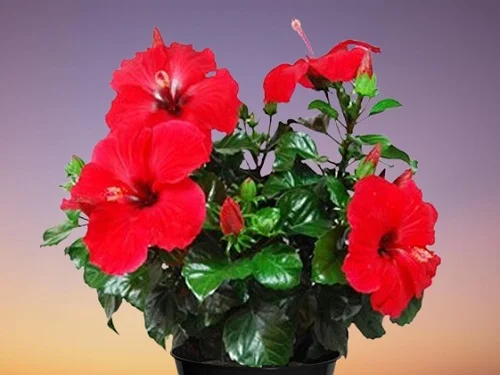
Caring for Hibiscus rosa-sinensis indoors
To care for Hibiscus rosa-sinensis give it bright light with 6-8 hours of direct sunlight, average warmth of 16-290C, moderate humidity of 50-55% and consistently moist, fertile, well-drained, slightly acidic potting soil coupled with fortnightly feeding during the growing season.
Chinese Hibiscus care requires repotting when it becomes root-bound and regular pruning to control growth, encourage bushy growth and promote blooming. Keep reading for more on the growing conditions and how to achieve them.
Water Requirements
Water your Chinese Hibiscus Plant thoroughly during the growing season while allowing the top 1-2 inches of soil to dry out between waterings. Keep the soil consistently moist but not soggy to avoid yellowing leaves and rotting.
Reduce watering during the cold season to keep the soil slightly moist as growth is reduced at this time. Do not let the soil dry out completely to prevent flowerbud drop, wilting leaves and dry, brown leaf tips.
For container-grown plants, do not allow the plant to sit in soggy soil. Ensure that the container has adequate drainage holes and that the soil is well-drained as soggy soil can lead to root-rot and death of the plant.
After watering your plant, always discard any excess water from the catch plate or saucer to prevent the soil from gettting soggy.
Avoid watering the plant with too cold water as it can shock this tropical plant which can result in leaf and flowerbud drop.
Light Requirements
Chinese Hibiscus Plant grows best in bright light with 6-8 hours of direct sunlight. It will not bloom if the light is not enough. Therefore, if the natural light is not sufficient, you may instal a full spectrum grow light to supplement it.
For uniform growth and to prevent leggy growth, regularly rotate the pot to ensure that the plant receives light on all sides.
You may also grow Tropical Hibiscus outdoors as it is one of the sun-loving plants. However, where the summers are very harsh, grow the plant in a shaded spot to protect it from the hot midday and afternoon sun to avoid scorching of the leaves.
Temperature and Humidity
Chinese Hibiscus flourishes in average warmth of 16-290C during the growing season. Keep it cool at about 150C during the dormancy period. The container-grown plant should be brought indoors when the temperatures dip to 00C as it cannot tolerate frost.
Keep the Rose of China away from cold and hot drafts to avoid sudden changes in the temperature as it can cause leaf and flowerbud drop in addition to reduced growth.
Hibiscus Plant has no need for extra humidity, average humidity of 50-55% is ideal for this plant. However, indoors the air can get too dry in winter. To elevate humidity, set the pot on a wet pebble tray or use a cool mist humidifier.
Pro tip: Ensure that there is good air circulation to prevent fungal diseases.
Fertilizer
Tropical Hibiscus is a heavy feeder which requires regular feeding to keep it healthy and blooming. Feed the plant with a balanced, water-soluble fertilizer every 2-3 weeks during the growing season or apply a slow-release fertilizer every 8 weeks (early spring to late summer).
Do not feed in the cold season (fall and winter) as growth is minimal at this time and it can lead to fertilizer burn; brown leaf tips.
Potting Soil
The best soil for Tropical Hibiscus should be slightly acidic at PH 6.5 to 6.8, rich in organic matter and free-draining to prevent it from getting soggy while providing the required nutrients.
A soil with the following composition is ideal for Chinese Hibiscus; 30% multipurpose potting soil, 30% compost like vermicompost, 30% coco coir and 10% perlite.
If the PH is not within the recommended range, it should be ammended. If it is too acidic, add lime to the soil. If it is too alkaline, add soil sulphur. Allow a 2 weeks period for the soil to correct the PH.
Tropical Hibiscus requires warm soil conditions. To keep the soil warm in the cold season, apply a 2-3 inch mulch of dry vegetation on the soil surface but take care not to let the mulch come into contact with the stem to prevent rotting.
Repotting
Repot Chinese Hibiscus at the beginning of the growing season (spring) when it becomes root-bound; check for roots growing through the drainage holes.
Select a pot 1 size larger than the current one. Ensure that it has a drainage hole to prevent the soil from becoming soggy as it can lead to root-rot.
Use a pot that is wider rather than a deeper one. A deeper pot will cause the plant to direct more energy to root development at the expense of flower production.
Inspect the roots and cut away dead roots. To control size, cut off a third of the roots during reppotting. Take a look at these pots with multi mesh drainage holes on Amazon.
Chinese Hibiscus Outdoor Care
Outdoors, plant Chinese Hibiscus 12-15 feet apart, in full sun to light shade. However, protect the plant from harsh hot sunshine to prevent scorching of the leaves.
Where the summers are very hot, grow Rose of China in a shaded spot or in containers which can be easily moved to a shaded area when the sun is too hot.
Ensure that the soil is well-drained and rich in organic matter. Avoid heavy clay soils as they retain too much water which can lead to root-rot and death of the plant.
For optimum growth, keep the soil moist through out the growing season and do not allow it to dry out. Cut down on watering during the cold season as growth is reduced at this time.
Fertilize Tropical Hibiscus with a balance, fertilizer every 3 weeks during the growing season to enhance flowering.
Withhold fertilizer during the cold season as growth is reduced at this time and excess fertilizer can lead to fertilizer burn.
Pruning & Grooming
Pruning Chinese Hibiscus is easy:
- Remove dead flowers and leaves to maintain the plant neat as well as minimize pest and disease infestations.
- Pinch off the growing tips to encourage compact growth and prevent the plant from getting too huge.
- In late winter or early spring, cutback the stems by half to rejuvenate growth and to keep the plant compact.
Clean the leaves regularly by damp-wiping with a soft cloth to get rid of dust and discourage pest and disease infestations.
Hibiscus rosa-sinensis Propagation
Hibiscus rosa-sinensis (Chinese Hibiscus) can be propagated during the growing season (spring and summer) from stem cuttings, by air layering or from seeds.
Learn more on how to propagate Hibiscus rosa-sinensis (Chinese Hibiscus).

Hibiscus rosa-sinensis Problems & Remedies
Chinese Hibiscus Plant (Hibiscus rosa-sinensis) problems are lack of blooms, flowerbud drop, yellowing and dropping leaves, plant dying, curling leaves, pests and diseases among others. Keep reading for more on these problems and how to fix them.
Lack of blooms
What causes a Hibiscus not to bloom?
Lack of blooms in Hibiscus rosa-sinensis is caused too little light, overwatering, underwatering, temperature stress, nutrients deficiency, soggy soil, lack of pruning among others.
Read more on these 10 Tips on How to Keep Tropical Hibiscus Blooming.
Flowerbud drop
Flowerbud drop in Chinese Hibiscus is due to underwatering, incorrect feeding, and temperature stress.
How to fix it
Underwatering: Water when the top 1-2 inches of soil dry out. Do not let the soil ball dry out completely.
Incorrect feeding: Feed it every 2-3 weeks in the growing season (spring and summer only) with a balanced, water-soluble fertilizer.
Temperature stress: Protect the plant from drafts to maintain an average warmth of 16-290C.
Yellowing and dropping leaves
Why do Hibiscus leaves turn yellow and fall off?
Hibiscus rosa-sinensis leaves may turn yellow and fall off due to inconsistent watering, temperature flactuations, and too little light.
How to fix it
Inconsistent watering: Both underwatering and overwatering cause leaf drop. Water consistently to prevent the soil from getting soggy or too dry for a prolonged period. Use a pot with a drainage hole and soil that drains freely.
Temperature flactuations: Keep the plant away from drafts from windy doors and windows, AC units, stoves and others.
Too little light: Position the plant in a brighter spot where it will receive bright light with at least 6-8 hours of direct sunshine or use a grow light if you do not have enough light in your home.
Plant dying
Why does my Hibiscus look like its dying?
Your Hibiscus rosa-sinensis is dying due to root-rot which is prevalent in soggy soil. It is characterized by yellowing and wilting of the leaves which is rapidly followed by browning and plant collapse.
How to revive a Chinese Hibiscus?
- Slip the plant out of its pot and inspect the roots.
- Trim brown-black mushy roots and treat the healthy roots with a copper-based fungicidal solution as indicated by the manufacturer.
- Disinfect the pot with the fungicidal solution or use a fresh pot to repot the plant in fresh well-draining soil.
- Do not water the plant immediately and keep it dry for some time before you resume watering.
- To prevent root-rot in the future, ensure that the pot has a drainage hole to prevent the soil from getting soggy.
- Minimize watering in fall and winter as growth is minimal at this time; maintain the soil slightly moist.
Curling leaves
Curling leaves in Chinese Hibiscus is due to the dry air. Set the pot on a wet pebble tray to increase humidity or grow the plant in a well-lit bathroom and other moist areas in the home.
Pests
Common pests in Hibiscus rosa-sinensis are aphids and spider mites which attack the new growth from where they suck the plant sap. This causes the plant to become dehydrated and results in wilting.
Regularly inspect the plant underneath the leaves and in the growing tips for these pests and take timely control measures. You may treat it with neem oil or insecticidal soap. Make sure to follow the manufacturer's recommendations.
Diseases
What are the common Hibiscus rosa-sinensis diseases?
Hibiscus rosa-sinensis is prone to leaf spot and powdery mildew. Improve airflow for your plant, avoid wetting the foliage, and treat with a copper-based fungicide. Take care to follow the directions on the label.
Conclusion
Chinese Hibiscus (Hibiscus rosa-sinensis) is a beautiful and rewarding plant that thrives with proper light, watering, and feeding. Whether grown indoors or outdoors, it brings tropical beauty to any space. With the right propagation techniques and troubleshooting solutions, you can enjoy a healthy, flowering Hibiscus year-round.
You liked it? Share on social media.
Related Content
Amazon Associates Disclosure
Homeplantsguide.com is a participant in the Amazon Services LLC Associates Program, an affiliate advertising program designed to provide a means for sites to earn advertising fees by advertising and linking to amazon.com.
